Table of Contents[Hide][Show]
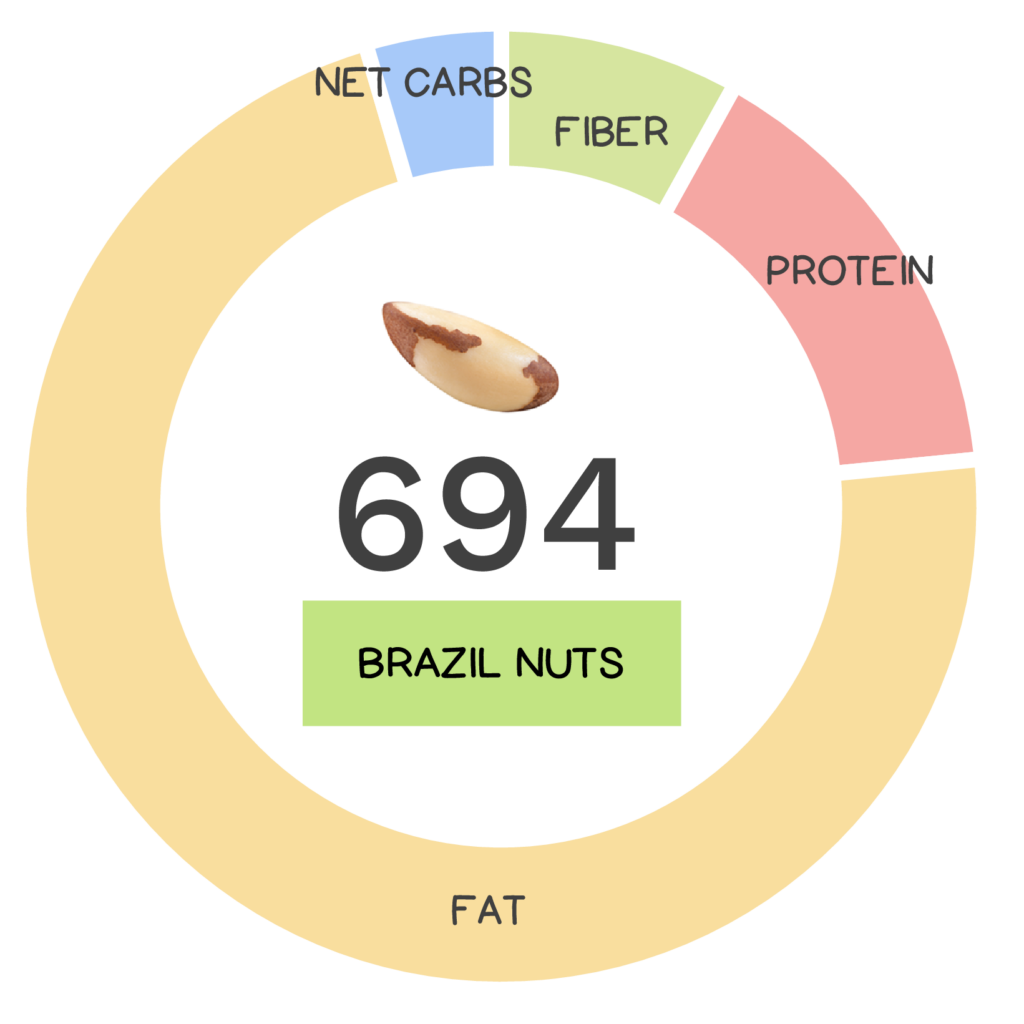
Brazil nuts are a delicious and nutritious snack, but their name is a bit of a misnomer. They don’t only grow in Brazil and they aren’t actually nuts, at least not in the botanical sense. I know – that’s totally nuts, right!? Brazil nuts are in fact seeds of the tree’s fruit and are native to South American countries such as Bolivia, Columbia, the Guianas, Peru, and Venezuela, in addition to Brazil (granted, that would make for a cumbersome name!).
Brazil nuts don’t only grow in Brazil and aren’t technically nuts!
The Brazil nut (Bertholletia excelsa) is a South American tree in the Lecythidaceae family, native to the Amazon. In fact, they are one of the largest and longest-living trees found in the Amazon rainforest. These trees are colossal in size and can reach heights of 200 feet (60 m) with a trunk ranging from 3 feet, 3 inches to 6 feet, 7 inches (100 to 180 cm) in diameter, living for 500 to 1,000 years! Interestingly, Brazil nuts for the most part come from undisturbed wild trees found in pristine forests (usually found in groves of 50 to 100 trees). There are very few Brazil nut plantations since their production rate is low when compared to wild trees (in part because of a lack of large-bodied bees capable of pollinating the tree’s flowers). As a result, cutting down Brazil nut trees for their wood (which is prized for its quality in carpentry, flooring and heavy construction) is prohibited in Brazil, Bolivia and Peru, in an attempt to deter “wood-be” criminals. (Hyuck!)
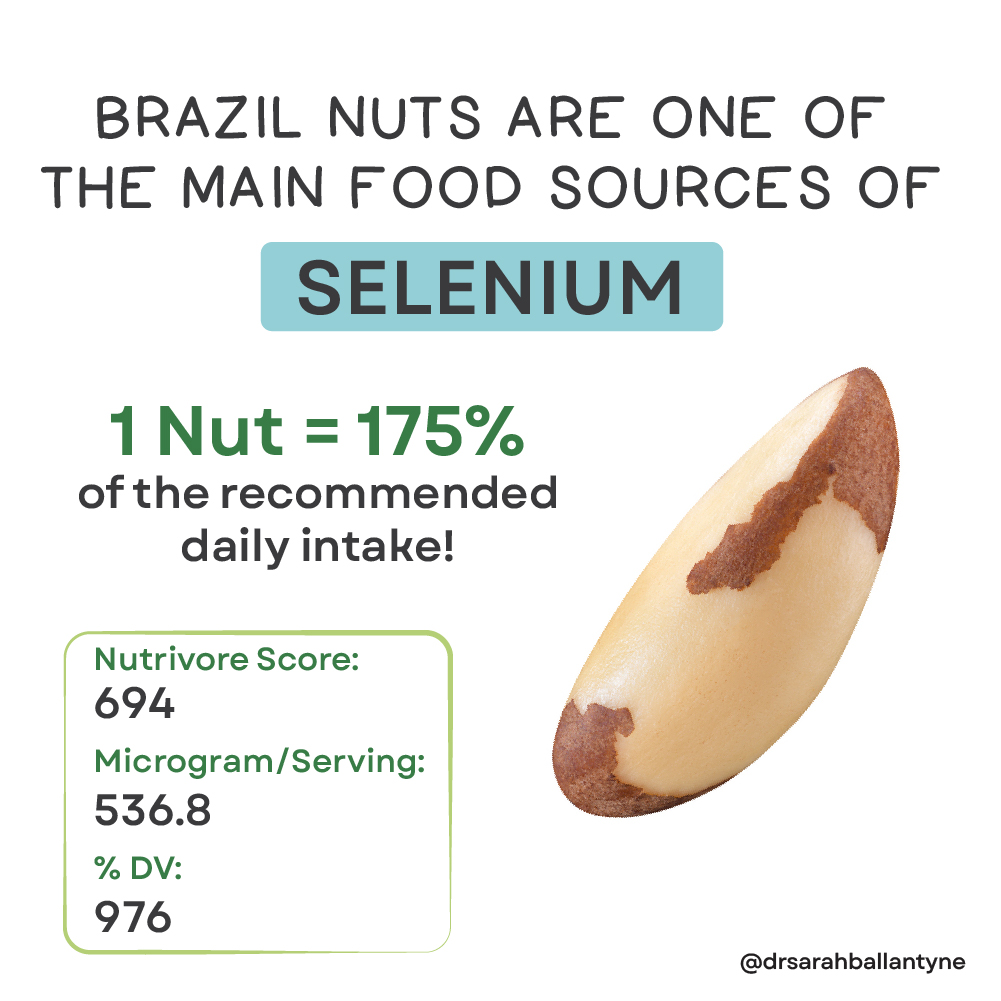
The actual fruit of the tree takes 14 months to mature after pollination and is a round pod with a hard, woody shell, which is quite large, similar in size to a coconut, weighing up to 4 lbs, 7oz or 2kg. (The fruit is so heavy that when it falls it poses a serious threat to passersby!) Inside the fruit are 8 to 24 wedge-shaped seeds with a hard, triangular shaped exterior protecting the Brazil “nut” inside; these are arranged like the segments in an orange. Each tree produces up to 250 pounds (113 kg) of “nuts” each year, which are gathered by migrant workers once they have fallen to the ground. In the wild, it is believed that the agouti (a type of small rodent), are one of the only animals able to penetrate the pod (via a small hole at one end) to access the nuts, which they eat, or bury in the ground for later use, some of which are able to germinate into new trees (which are only able to grow when they get enough sunlight, sometimes remaining dormant for years). However, there have been reports of capuchin monkeys opening Brazil nuts using stones as anvils! For us humans, over 90% of global production comes from wild harvesting in the tropical forests of Brazil and Bolivia, providing a model for generating income from tropical forests without their destruction. Another benefit of these natural growing conditions is that for the most part the nuts are grown without pesticides or other chemicals. A win-win!
Brazil nuts are considered the main food source of selenium – 1 nut provides 175% of the recommended daily intake!
Brazil nuts are considered the main food source of selenium – 1 nut provides 175% of the recommended daily intake! Selenium is important for immune and brain function, and since it permanently binds with mercury, it is actually the reason you go crazy from mercury exposure. I guess hatters should have been pounding Brazil nuts! (But seriously, it isn’t recommended to eat more than a few Brazil nuts per day, otherwise you may suffer from selenium poisoning.)
Learn How All Foods Can Fit into a Healthy Diet

Improve Your Diet Without Restriction
Learn how to take a non-restrictive approach to eat nutrients, enjoy food, and live well.
In this webinar, Dr. Sarah will teach you how use Nutrivore to boost nutrient intake without drastic changes, improve your relationship with food, evaluate your diet’s quality, and adopt a balanced, moderation-focused mindset for long-term success. Say goodbye to the guilt-blame cycle and discover a nourishing approach to eating.
Buy now for instant digital access.
Nutrivore Score for Brazil Nut – 694
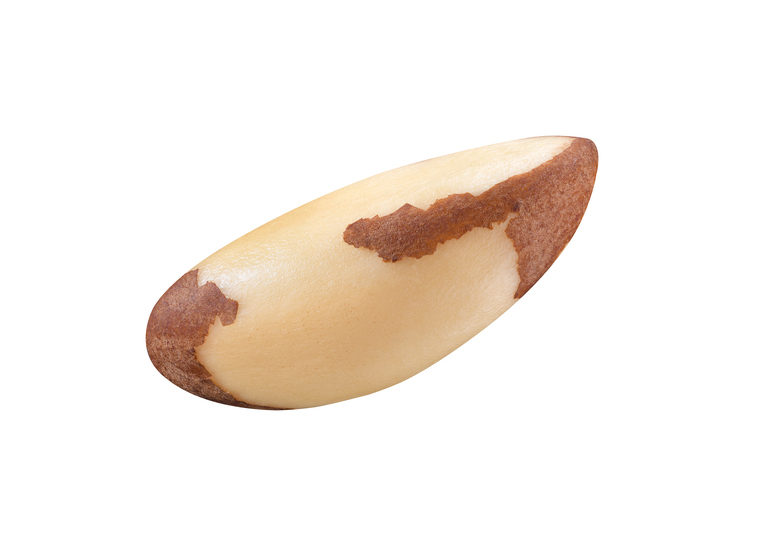
Brazil nuts have a Nutrivore Score of 694, making them a high nutrient-dense food! Plus, they are a low-carb food; Brazil nuts have 1.2 grams of net carbs per 28 gram serving.
Per serving, Brazil nuts are a best source (>50% daily value) of copper and selenium; an excellent source (20-50% daily value) of linoleic acid, magnesium, monounsaturated fatty acids, and vitamin E; and a good source (10-20% daily value) of manganese, phosphorus, polyphenols, vitamin B1 (thiamin), and zinc.
Ditch Diets. Embrace Nutrients. Start with this FREE Guide.
Sign up for the free Nutrivore Newsletter, your weekly, science-backed guide to improving health through nutrient-rich foods — without dieting harder —and get the Beginner’s Guide to Nutrivore delivered straight to your inbox!

Brazil Nut Nutrition Facts
One serving of Brazil nuts is standardized to 28 grams (1 ounce). To put this in perspective: one serving of Brazil nuts roughly equates to a palmful or 6 nuts.
Brazil Nut Nutrition Facts Per Serving
| Brazil nut, dried, unblanched | Nutrivore Score: 694 | Nutrient Density: High |
|---|---|---|
| Serving Size: 6 nuts (28 grams) | Protein: 4.0 grams | Net Carbohydrates: 1.2 grams |
| Calories: 185 | Total Fat: 18.8 grams | Dietary Fiber: 2.1 grams |
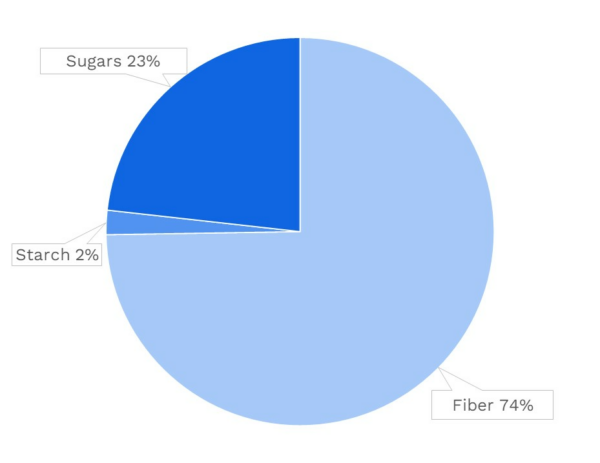
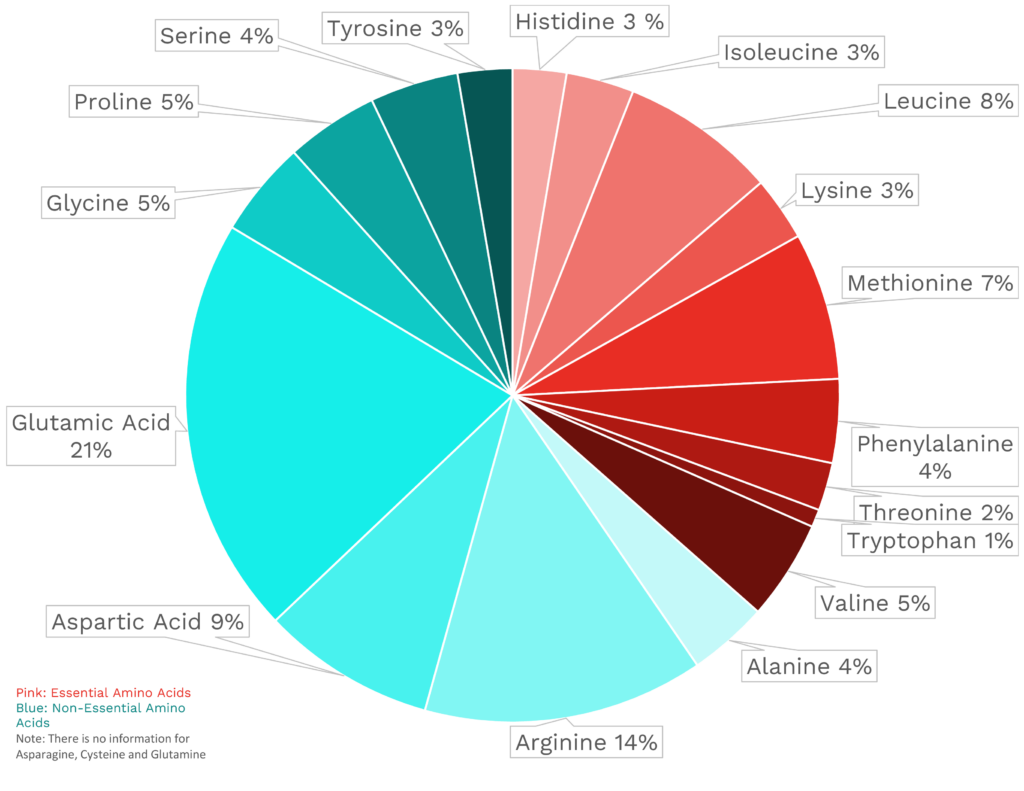
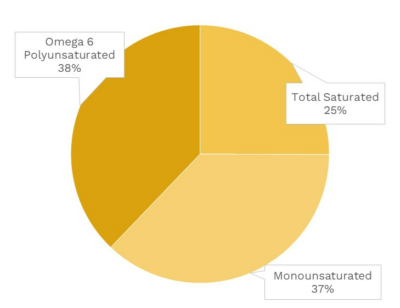
| VITAMINS | ||
|---|---|---|
| Vitamin A | 0.0 μg RAE | 0% DV |
| Vitamin B1 (Thiamin) | 172.8 μg | 14% DV |
| Vitamin B2 (Riboflavin) | 9.8 μg | 1% DV |
| Vitamin B3 (Niacin) | 0.1 mg | 1% DV |
| Vitamin B5 (Pantothenic Acid) | 0.1 mg | 1% DV |
| Vitamin B6 (Pyridoxine) | 28.3 μg | 2% DV |
| Vitamin B7 (Biotin) | 2.6 μg | 9% DV |
| Vitamin B9 (Folate) | 6.2 μg | 2% DV |
| Vitamin B12 (Cobalamin) | 0.0 μg | 0% DV |
| Vitamin C | 0.2 mg | 0% DV |
| Vitamin D (D2 + D3) | 0.0 μg | 0% DV |
| Vitamin E | 4.5 mg | 30% DV |
| Vitamin K | 0.0 μg | 0% DV |
| Choline | 8.1 mg | 1% DV |
| Myo-Inositol | ~ | ~ |
| CoQ10 | ~ | ~ |
| FUNCTIONAL FATS | ||
|---|---|---|
| MUFA | 6.7 g | 33% DV |
| ALA | 10.1 mg | 1% DV |
| EPA + DHA | 0.0 mg | 0% DV |
| CLA | ~ | ~ |
| Linoleic Acid | 6.8 g | 40% DV |
| MCT’s | 0.0 g | ~ |
| MINERALS | ||
|---|---|---|
| Calcium | 44.8 mg | 3% DV |
| Copper | 488.0 μg | 54% DV |
| Iodine | ~ | ~ |
| Iron | 0.7 mg | 4% DV |
| Magnesium | 105.3 mg | 25% DV |
| Manganese | 342.4 μg | 15% DV |
| Phosphorus | 203.0 mg | 16% DV |
| Potassium | 184.5 mg | 4% DV |
| Selenium | 536.8 μg | 976% DV |
| Sodium | 0.8 mg | 0% DV |
| Zinc | 1.1 mg | 10% DV |
| PHYTONUTRIENTS | ||
|---|---|---|
| Carotenoids | 0.0 μg | ~ |
| Polyphenols | 113.7 mg | ~ |
| Phytosterols | 36.7 mg | ~ |
| Glucosinolates | ~ | ~ |
| Thiosulfinates | ~ | ~ |
| Betalains | ~ | ~ |
| AMINO ACIDS & PEPTIDES | ||
|---|---|---|
| Taurine | ~ | ~ |
| Ergothioneine | 0.1 mg | ~ |
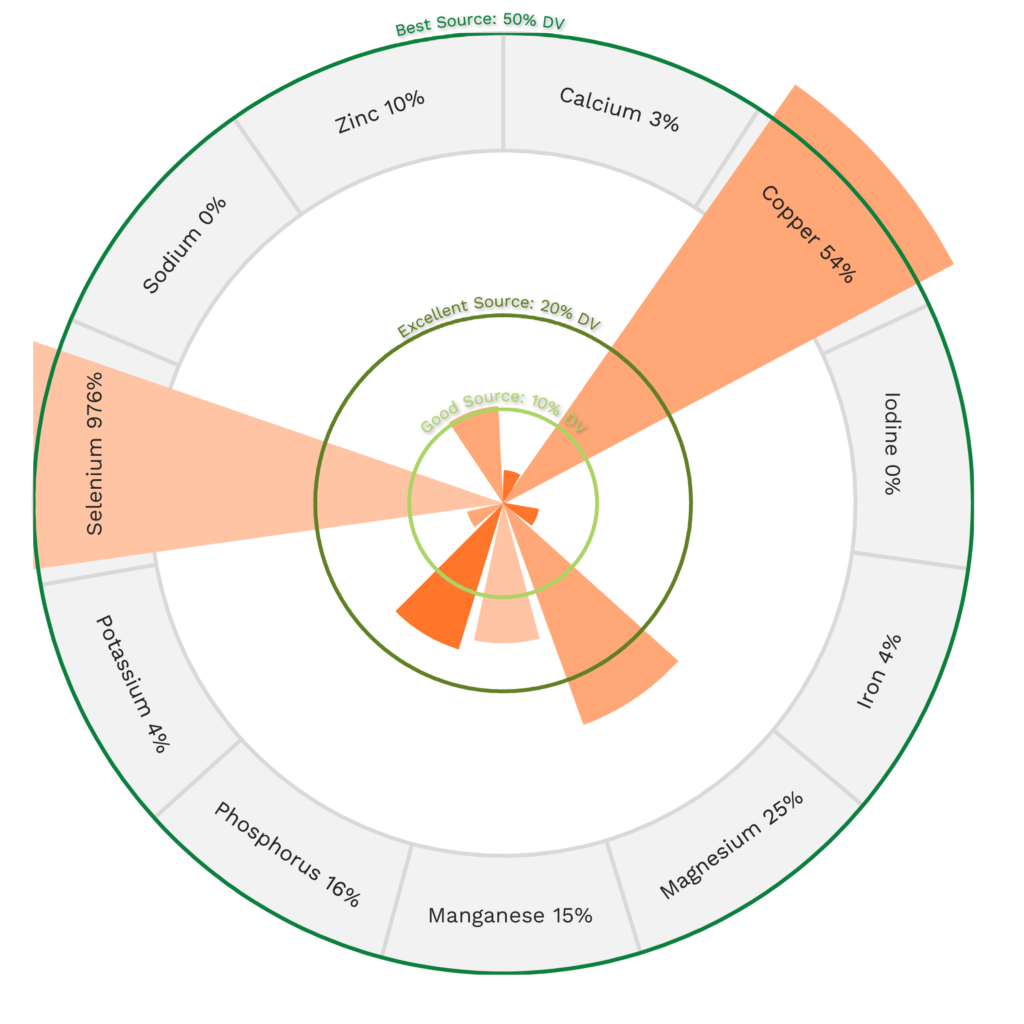
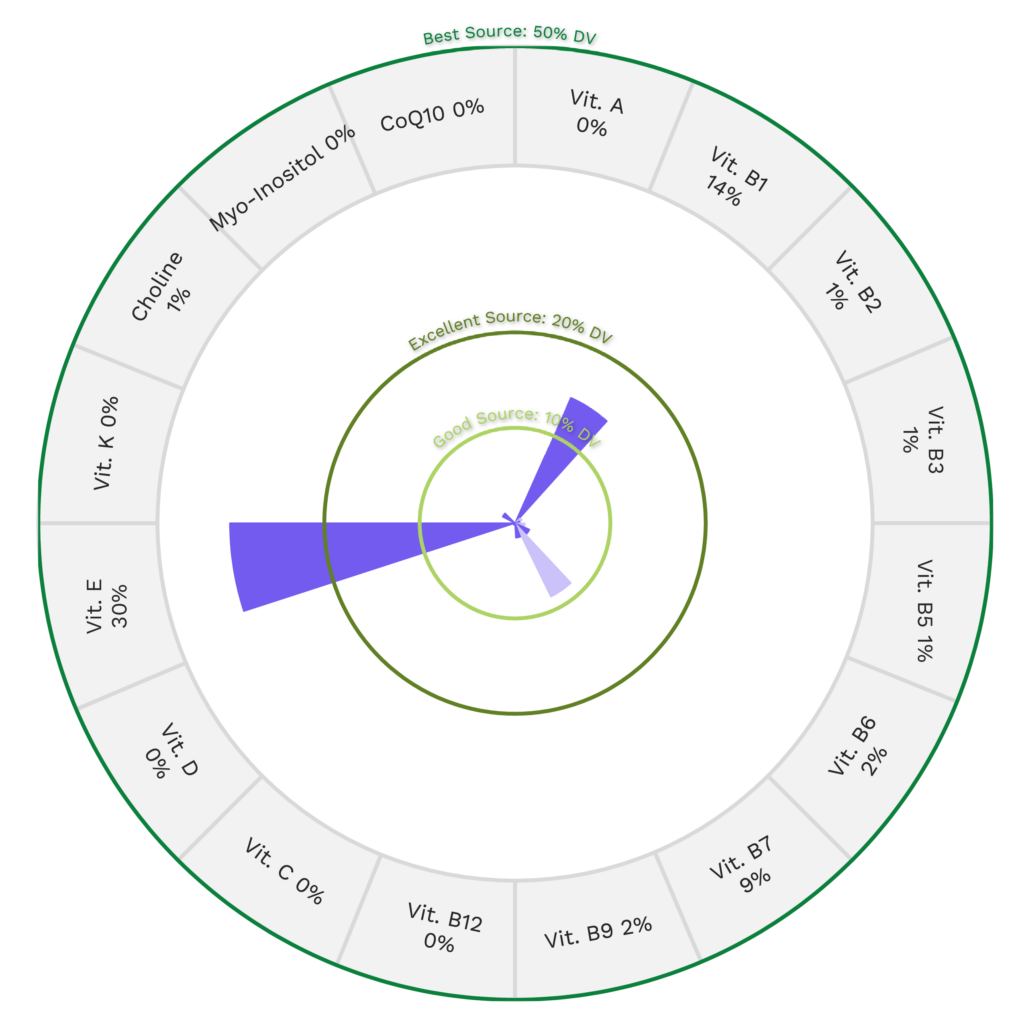
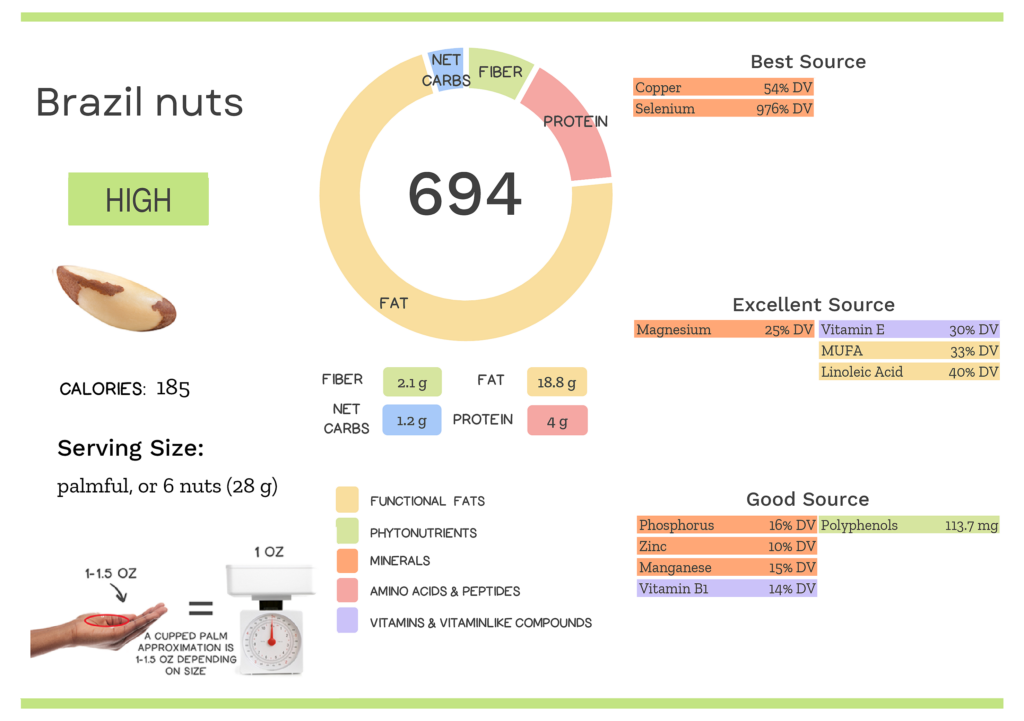
Impressed by all the NUT-rition in Brazil nuts? Maybe your friends will be too!
Health Benefits of Brazil Nut Nutrients
Let’s take a closer look at all of the best and excellent source of nutrients found in a 1-ounce serving of Brazil nuts and see how they benefit our health.
Brazil Nuts Provide 976% DV Selenium
Brazil nuts are a phenomenal source of selenium, providing 976% of the daily value per 1-ounce serving!
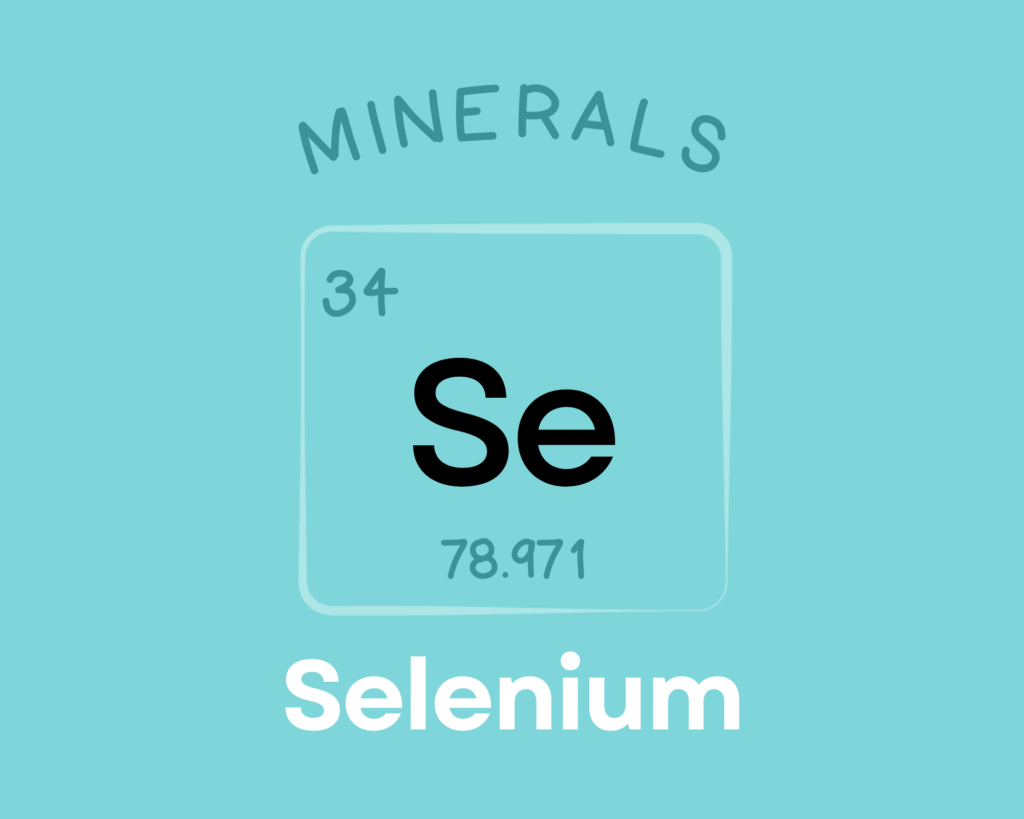
Selenium is a trace mineral needed by all mammals to sustain life. It serves as a component of the non-proteinogenic amino acids selenocysteine and selenomethionine, and also helps form over two dozen selenoproteins involved in reproduction, thyroid hormone metabolism, antioxidant defense, DNA synthesis, and immunity. Observational research suggests selenium could play a protective role against cancer, heart disease, asthma, and inflammatory bowel disease, although human trials have generally been lacking or contradictory. There’s also evidence that selenium can play a preventative role in asthma and inflammatory bowel disease, while also reducing mortality in patients with sepsis. Learn more about selenium here.
Brazil Nuts Provide 54% DV Copper
Brazil nuts are a rich source of copper, providing 54% of the daily value per 1-ounce serving!
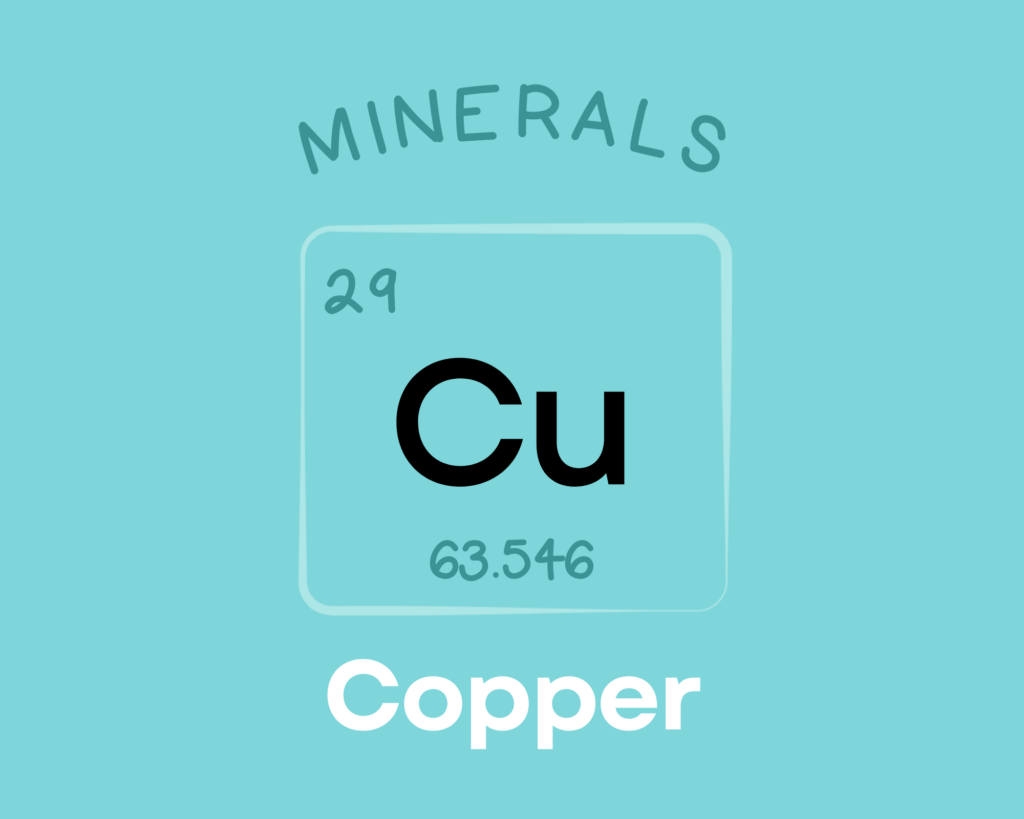
Copper is a trace mineral that’s essential for all living organisms. Copper serves as a component of numerous enzymes and proteins in the body, giving it diverse roles in the growth, development, and maintenance of various organs (including the heart and brain), bone, and connective tissue. Copper is also involved in glucose and cholesterol metabolism, helps regulate gene expression, can scavenge free radicals, and is needed for the production of red blood cells. Learn more about copper here.
Brazil Nuts Provide 40% DV Linoleic Acid
These nuts are an excellent source of linoleic acid, providing 40% of the daily value per 1-ounce serving!
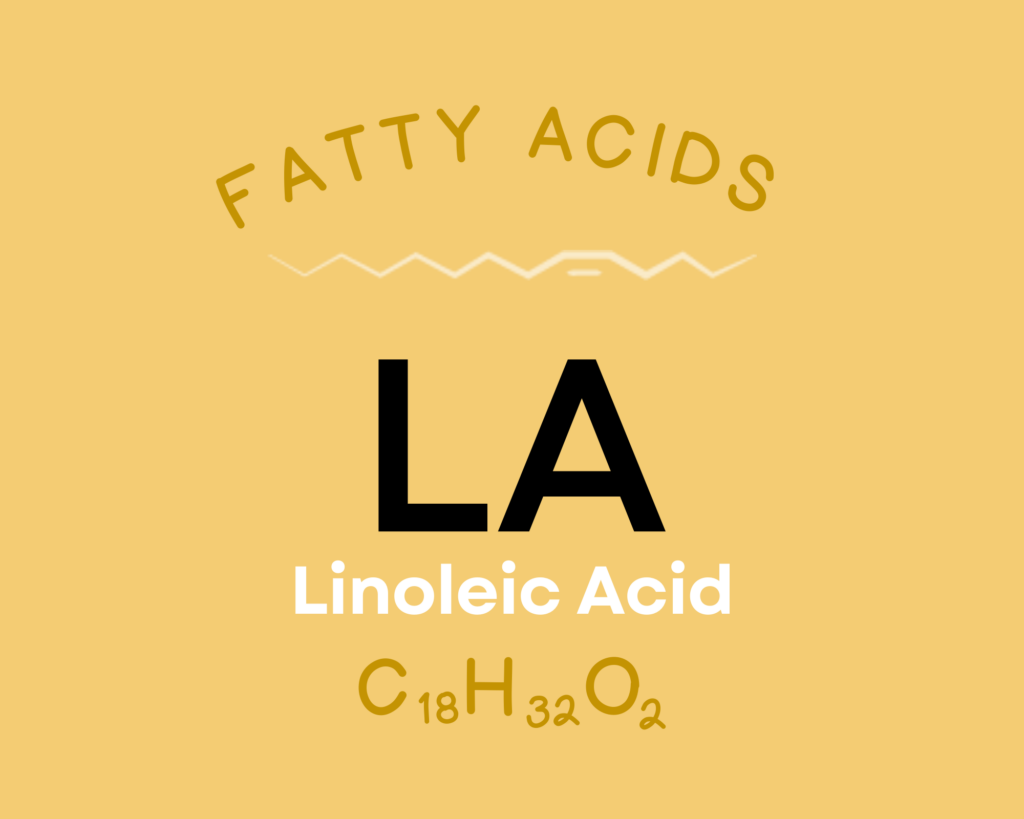
Linoleic acid is the only essential omega-6 fatty acid. Along with being required for human growth and development, it serves as a structural component of cell membranes, plays a role in maintaining skin health and integrity, and is a precursor for bioactive lipid mediators. Although linoleic acid can lower LDL cholesterol levels, research hasn’t consistently shown any protective effect against heart disease. Likewise, there’s mixed evidence (some showing benefit, some showing harm) for the effects of linoleic acid on cancer. Higher intakes have also been associated with depression and obesity, although it may have a protective effect against diabetes. Learn more here.
Brazil Nuts Provide 33% DV MUFA
Brazil nuts are also an excellent source of monounsaturated fatty acids (MUFA), providing 33% of the daily value per 1-ounce serving!
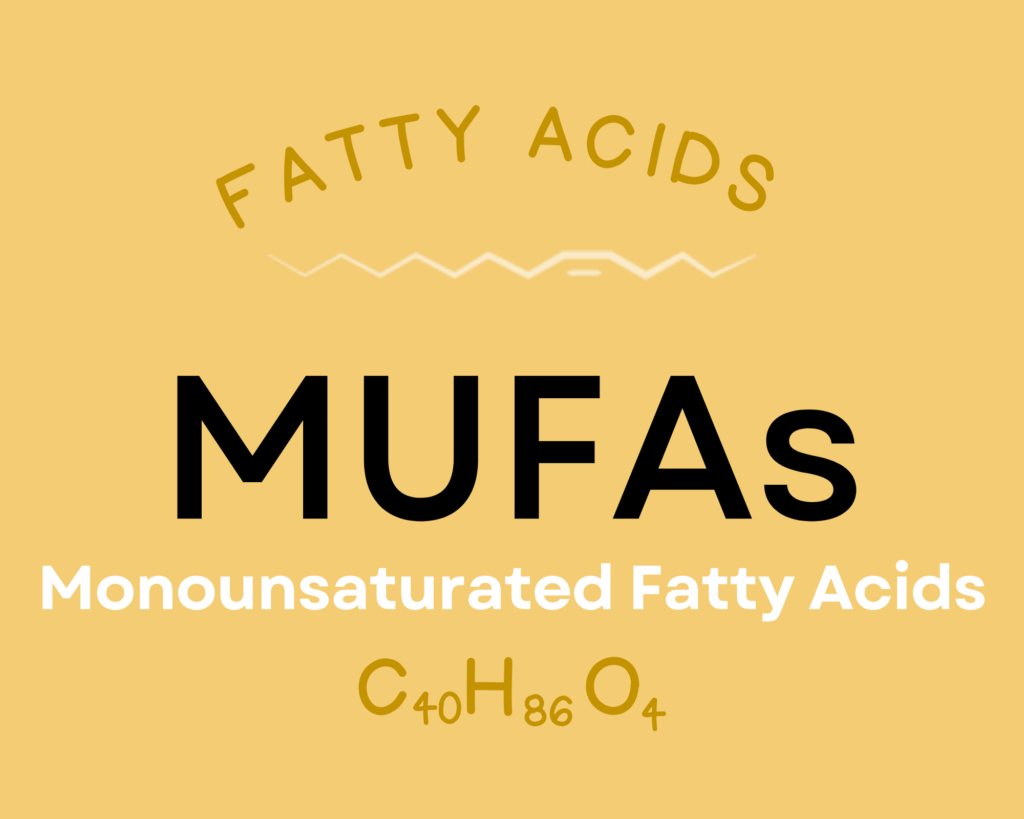
Monounsaturated fatty acids (MUFA), the most abundant of which is oleic acid, play an important role in cellular function due to its presence in phospholipids in cell membranes. Oleic acid is beneficial for cardiovascular health—both in reducing risk factors like high blood pressure, cholesterol, triglycerides, inflammation, and oxidative stress, and in reducing actual cardiovascular disease incidence and events. Oleic acid has even demonstrated anti-cancer activity, with an ability to inhibit the progression, proliferation, and metastasis of several types of cancer cells. Research shows this fat could benefit body weight regulation and obesity through its effects on energy metabolism and lipogenesis. In fact, human trials show that enriching diets with oleic acid leads to decreases in central obesity, abdominal fat, body weight, and food intake, while also possibly increasing energy expenditure! Oleic acid also possesses some benefits for diabetics—influencing genes and pathways involved in insulin signaling and glucose metabolism, as well as helping protect against some complications of diabetes, like diabetic retinopathy and atherosclerosis. Learn more about oleic acid here.
Brazil Nuts Provide 30% DV Vitamin E
Brazil nuts are a great source of vitamin E, providing 30% of the daily value per 1-ounce serving!

Vitamin E is actually a group of eight different vitamins, though the form alpha-tocopherol is the most biologically important. Its most significant role is as a fat-soluble antioxidant, protecting the lipids in cell membranes from oxidative damage. Its free radical-scavenging abilities make vitamin E helpful for cardiovascular health, cancer protection, neurological health (including slowing the progression of Alzheimer’s disease), and any situations where oxidative stress increases (such as during pregnancy). There’s even evidence that getting enough vitamin E can reduce the risk of the common cold! Learn more about vitamin E here.
Brazil Nuts Provide 25% DV Magnesium
These nuts also are abundant in magnesium, providing 25% of the daily value per 1-ounce serving!
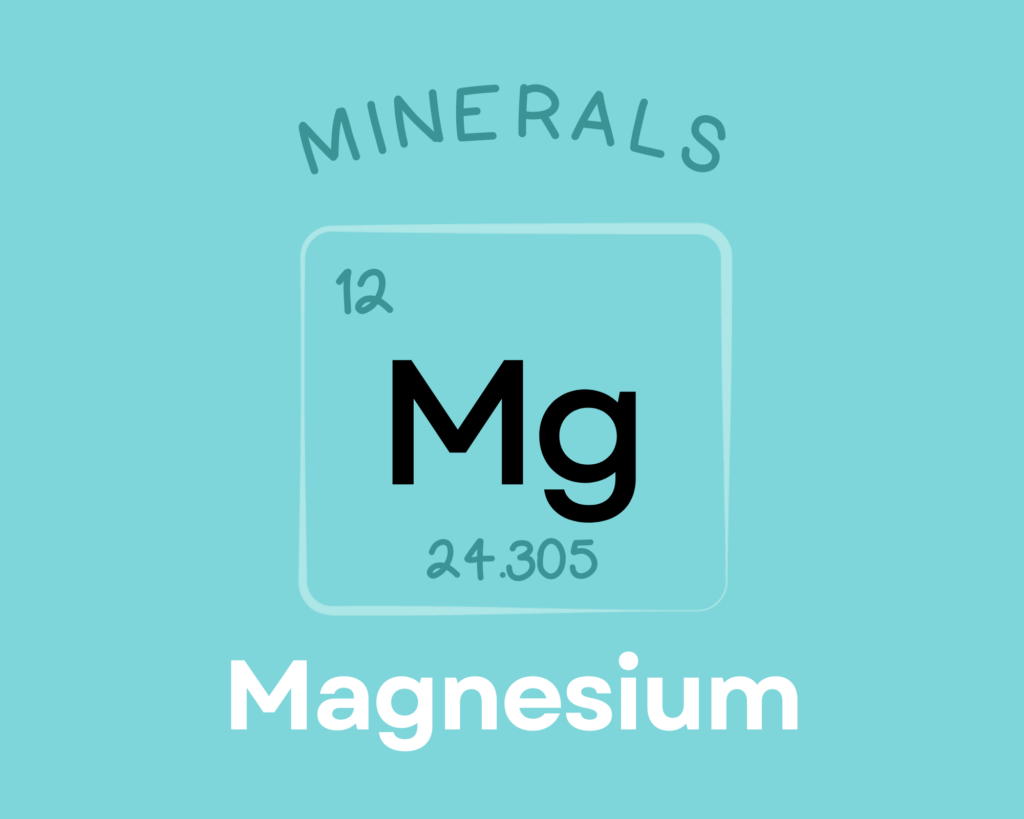
Magnesium is an essential mineral needed by every cell in the body. As an electrolyte, it’s important for regulating fluid balance, nerve and muscle function, blood pH, and neurotransmission. It also serves as a cofactor for hundreds of different enzymes, giving it a role over 300 metabolic reactions—including pathways for cell signaling, energy production, protein synthesis, nucleic acid synthesis, and ion transport. Magnesium also has important structural functions in cells and bone tissue. Consuming enough magnesium may help protect against a variety of chronic diseases, including cardiovascular disease, type 2 diabetes, and osteoporosis. Learn more about magnesium here.
Learn What Foods Are the Best Sources of Every Nutrient

The Top 25 Foods for Every Nutrient
The Top 25 Foods for Every Nutrient e-book is a well-organized, easy-to-use, grocery store-friendly guide to help you choose foods that fit your needs of 43 important nutrients while creating a balanced nutrient-dense diet.
Get two “Top 25” food lists for each nutrient, plus you’ll find RDA charts for everyone, informative visuals, fun facts, serving sizes and the 58 foods that are Nutrient Super Stars!
Buy now for instant digital access.
How Much Brazil Nuts Should We Eat Per Day?
Not only do nuts make for a convenient snack food, eating nuts is also associated with a wide range of health benefits! As they say, you can’t spell nutritious without ‘nut’ (if they don’t say that, they should!)
Nuts and seeds are some of the most nutritious, whole-food healthy fat sources out there! They have been associated with lower rates of a variety of chronic diseases and all-cause mortality. In a study of adults at high risk of cardiovascular disease, eating more than three servings of nuts per week resulted in a 39% reduced risk of death from all causes. Nut and seed consumption is also associated with lower body mass index, lower waist circumference, and lower occurrence of type 2 diabetes.
In a meta-analysis encompassing 354,933 total participants, one serving of nuts per day was associated with a 27% reduced risk of all-cause mortality and a 39% reduced risk of cardiovascular disease mortality, and the highest nut consumers saw a 14% reduced risk of cancer mortality. Additional research has shown that nut consumption is associated with lower risk of mortality from respiratory diseases (52% reduced risk), neurodegenerative disease (35% reduced risk), infectious disease (75% reduced risk), and kidney disease (73%).
However, there are some compelling reasons not to “go nuts” on nuts (hyuck, see what I did there?). Health benefits of nut and seeds consumption do not continue to increase beyond about 1 ounce (28 grams) per day, and there’s some evidence that consuming large amounts of nuts daily can increase disease risk (at least for stroke). That means eating more than a palmful per day won’t do us any favors (and may potentially undermine our health). And, nuts should be avoided by people with allergies or sensitivities (in which case, seeds can deliver comparable health benefits).
While not every nut or seed has been extensively studied, we can expect variety to be important. For instance, every nut and seed that has been evaluated in terms of its impact on the gut microbiome shows unique benefits. So again, mix it up as in “mixed nuts!” (Hyuck)
Consuming Brazil nuts improves selenium status, cognitive performance, reduces cardiovascular risk (decreases total cholesterol and LDL or “bad” cholesterol and increases HDL or “good” cholesterol), all while exhibiting anti-inflammatory, and antioxidant effects.
Studies have shown that consumption of Brazil nuts, specifically, can improve selenium status, cognitive performance, reduce cardiovascular risk (decrease total cholesterol and LDL-cholesterol and increase HDL-cholesterol), while exhibiting anti-inflammatory, and antioxidant effects.
Easily track your servings of Nutrivore Foundational Foods!

The Nutrivore Weekly Serving Matrix
The Nutrivore Weekly Serving Matrix digital resource is an easy-to-use and flexible weekly checklist designed to help you maximize nutrient-density and meet serving suggestions of Nutrivore foundational foods, all without having to weigh or measure your foods!
Includes a 22-page instructional guide and downloadable interactive guides.
Buy now for instant digital access.
Citations
Expand to see all scientific references for this article.
Halliwell B, Cheah IK, Tang RMY. Ergothioneine – a diet-derived antioxidant with therapeutic potential. FEBS Lett. 2018 Oct;592(20):3357-3366. doi: 10.1002/1873-3468.13123. Epub 2018 Jun 15. PMID: 29851075.
Normén L, Ellegård L, Brants H, Dutta P, Andersson H. A phytosterol database: Fatty foods consumed in Sweden and the Netherlands. Journal of Food Composition and Analysis. 2007. Vol 20(3):193-201. doi: 10.1016/j.jfca.2006.06.002.
Taş NG, Gökmen V. Phenolic compounds in natural and roasted nuts and their skins: a brief review. Current Opinion in Food Science. 2017. Vol 14:103-109. https://doi.org/10.1016/j.cofs.2017.03.001
USDA Food Central Database: Nuts, brazilnuts, dried, unblanched
Watanabe T, Kioka M, Fukushima A, Morimoto M, Sawamura H. Biotin content table of select foods and biotin intake in Japanese. Int J Anal Bio-Sci. 2014. Vol 2(4):109-125.


